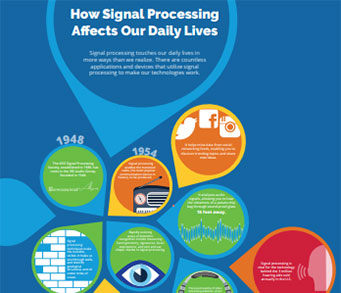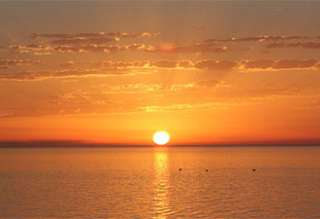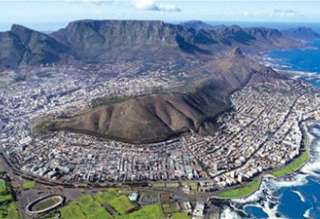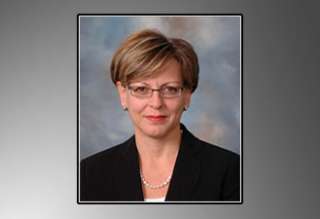SPS Feed
Top Reasons to Join SPS Today!
1. IEEE Signal Processing Magazine
2. Signal Processing Digital Library*
3. Inside Signal Processing Newsletter
4. SPS Resource Center
5. Career advancement & recognition
6. Discounts on conferences and publications
7. Professional networking
8. Communities for students, young professionals, and women
9. Volunteer opportunities
10. Coming soon! PDH/CEU credits
Click here to learn more.
The Latest News, Articles, and Events in Signal Processing

Telecom ParisTech is seeking applicants for a faculty position in the Digital Communications Group of the Department of Communications and Electronics.
Lecture Date: February 6, 2018
Chapter: Thailand
Chapter Chair: Supavadee Aramvith
Topic: Miultimodal Social Signals Analysis

Telecom ParisTech is seeking applicants for a faculty position in the Digital Communications Group of the Communications and Electronics Department (for further information, www.comelec.telecom-paristech.fr/en/comnum-group-digital-communications....) Telecom ParisTech is one of France's best Grandes Ecoles and the leading institution in communication systems.
Lecture Date: February 20, 2018
Chapter: San Diego
Chapter Chair: Delbert Fugal
Topic: Graph Signal Processing
Lecture Date: February 8, 2018
Chapter: Boston
Chapter Chair: Karen A. Panetta
Topic: Graph Signal Processing
October 21-24, 2018
Location: Cape Town, South Africa
Website
December 18-21, 2018
Location: Athens, Greece
Website
June 24-27, 2018
Location: San Francisco, CA, USA
Website
September 17-20, 2018
Location: Tokyo, Japan
Website
October 28-31, 2018
Location: Pacific Grove, CA, USA
Website
Lecture Date: January 24, 2018
Chapter: Philadelphia
Chapter Chair: Michael Mayor
Topic: Cyber Attacks on Internet of Things Systems

Name : Multimodal people monitoring using sound (and vision)
Type : Postdoc
Description : The Idiap Research Institute together with Swiss Center for Electronics and Microtechnology (CSEM) invite applications for a post-doctoral position in research and development for multimodal people monitoring.
The position is funded for one year by Idiap (with a possible extension depending on his/her performance)

Lecture Date: January 26, 2018
Chapter: Chicago
Chapter Chair: Rashid Ansari
Topic: Enhancing QoS in Beamforming Networks:
Mobile Beamformers and Optimal Motion Policies
Lecture Date: February 2, 2018
Chapter: Chicago
Chapter Chair: Rashid Ansari
Topic: Optimum Functional Forms of Spoofing Attacks,
Optimum Processing for Man-in-the-Middle Attacks and
Interesting Implications to Unattacked Quantized
Sensor Estimation Systems
Pages
SPS Social Media
- IEEE SPS Facebook Page https://www.facebook.com/ieeeSPS
- IEEE SPS X Page https://x.com/IEEEsps
- IEEE SPS Instagram Page https://www.instagram.com/ieeesps/?hl=en
- IEEE SPS LinkedIn Page https://www.linkedin.com/company/ieeesps/
- IEEE SPS YouTube Channel https://www.youtube.com/ieeeSPS




















